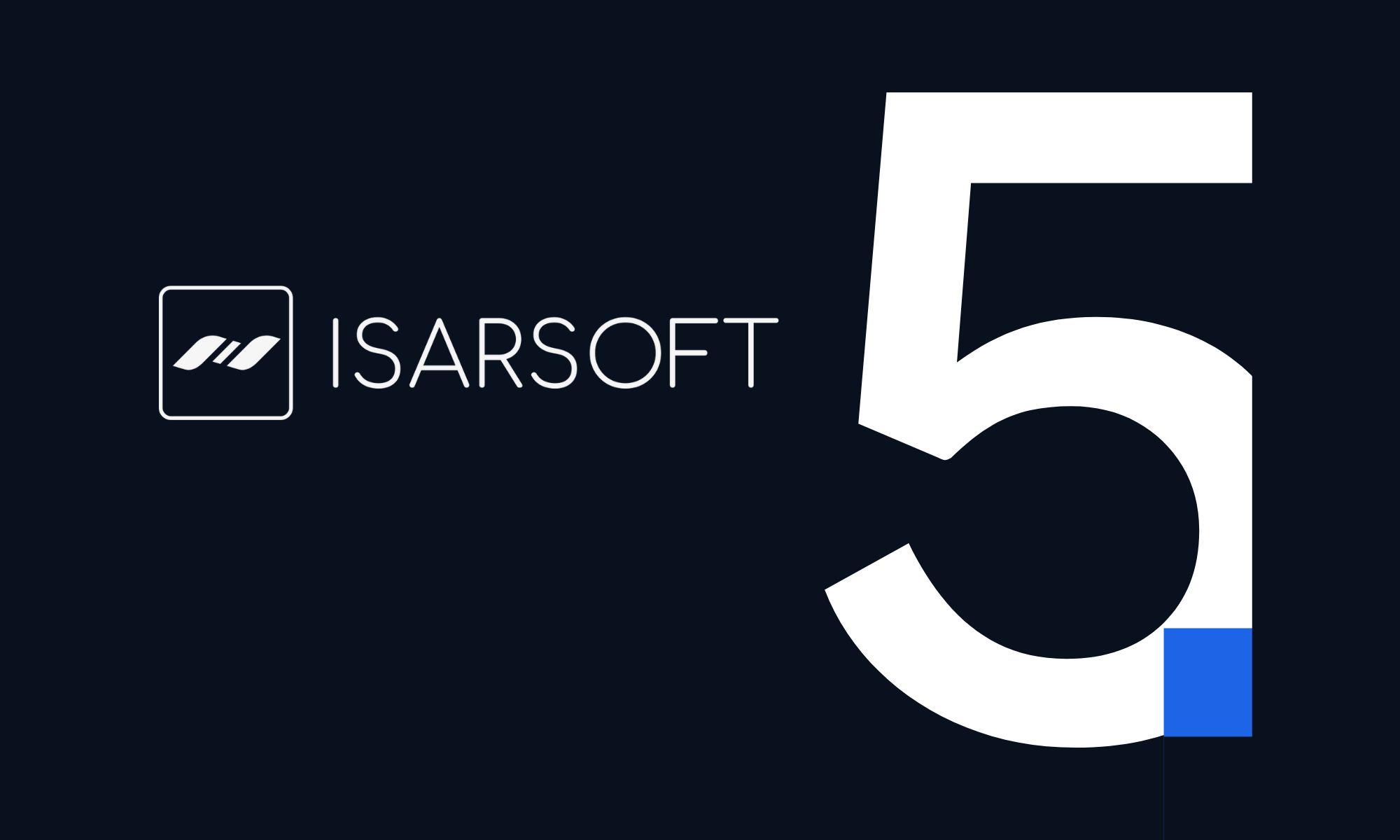The Role of AI Video Analytics in Enhancing Museum Security
In recent years, museums around the world have faced a surge in security breaches and activism cases targeting valuable artworks. It underscores the vulnerabilities of traditional security measures. This is where AI video analytics comes into play to revolutionize museum security. In this blog post, we will explore how AI video analytics is transforming the landscape of artwork protection in museums, and we will offer a glimpse into the future of museum security.
Published
August 7, 2024
.avif)
In recent years, museums around the world have faced a surge in security breaches and activism cases targeting valuable artworks. Notable incidents include high-profile thefts, vandalism, and protests. For example, the climate activism group "Just Stop Oil" made headlines by destroying iconic paintings to draw attention to their cause. Such events have highlighted the urgent need for more sophisticated and proactive security solutions. It also underscores the vulnerabilities of traditional security measures.
This is where AI video analytics comes into play to revolutionize museum security. AI video analytics can provide continuous surveillance, real-time threat detection, and quick response capabilities. This technology not only enhances the protection of priceless artworks but also ensures a safer environment for visitors and staff. In this blog post, we will explore how AI video analytics is transforming the landscape of artwork protection in museums, and we will offer a glimpse into the future of museum security.
Current Challenges in Museum Security
Human surveillance is prone to errors and fatigue. It results in potential lapses in museum monitoring. Security personnel may miss critical incidents or be slow to respond, especially in large museums with extensive galleries. Traditional CCTV systems typically record footage but lack real-time analysis capabilities. This means suspicious activities might go unnoticed until it’s too late to prevent damage or theft. Additionally, physical security measures such as barriers and alarms can be surpassed by individuals, leaving valuable artworks vulnerable to criminal tactics.
.avif)
Another significant challenge is the evolving nature of threats. Activism cases, like those perpetrated by groups such as "Just Stop Oil," demonstrate how traditional security measures often fall short of unconventional tactics. These activists have employed various methods, from gluing themselves to famous paintings to throwing substances at the artwork, catching museum security off guard. Furthermore, the static nature of traditional security systems does not accommodate the dynamic environment of a museum, where the flow of visitors and changing exhibits require adaptive and responsive security measures. Consequently, museums are increasingly recognizing the need for more advanced and proactive solutions to protect their priceless collections and ensure a safe and enjoyable experience for all visitors.
How AI Video Analytics Works in Museums
AI video analytics is a transformative technology that leverages artificial intelligence to analyze video footage in real time. By using advanced algorithms and machine learning, AI video analytics can identify, track, and evaluate activities and behaviors within the monitored area. For museums, this means an enhanced ability to protect artwork and ensure the safety of visitors through continuous and intelligent surveillance.
- Object Recognition: One of the significant features of AI video analytics for museums is object recognition. This allows the system to detect and differentiate between various objects, including people and artworks, ensuring that any unauthorized interactions with the exhibits are immediately flagged.
- Behavior Analysis: Behavior analysis is another crucial feature, which enables the system to identify unusual or suspicious action patterns, such as loitering near valuable pieces or sudden, rapid movements that could indicate theft or vandalism.
- Anomaly Detection: Anomaly detection further enhances security by recognizing deviations from normal activity, such as a person entering a restricted area or an exhibit being tampered with.
- Facial Recognition: Facial recognition capabilities can help in identifying known offenders or suspicious individuals, adding an extra layer of security. These features, combined with real-time processing and instant alert systems, make AI video analytics an invaluable tool for modern museums, ensuring that priceless artworks are continuously monitored and protected with unprecedented accuracy and efficiency.
Benefits of AI Video Analytics for Artwork Protection
.avif)
Enhanced Surveillance and Real-Time Data
Enhanced surveillance and real-time data play a crucial role in modern museum security, providing protection for valuable artworks. With the integration of AI-driven video analytics, museums can monitor their exhibits efficiently. This advanced system is capable of detecting unusual activities, such as unauthorized access or potential threats, and can instantly alert security personnel. Real-time data collection and analysis allow for immediate responses to any security breaches, ensuring that the artwork remains safe at all times. Additionally, the ability to continuously gather and analyze data helps museums to identify patterns and potential vulnerabilities, enabling them to proactively enhance their security measures. This cutting-edge approach to surveillance not only protects the artworks but also enhances the overall visitor experience by ensuring a safe and secure environment.
Proactive Threat Detection
AI video analytics excels in proactive threat detection, a significant advancement over traditional reactive security measures. The system's ability to identify suspicious behavior before incidents occur is crucial in preventing potential threats. For example, AI can detect patterns of behavior that deviate from the norm, such as someone lingering near a valuable artwork for an unusual amount of time. Predictive analytics further enhance this capability by analyzing historical data to forecast potential security breaches, enabling museums to take preventive measures. By identifying and addressing threats proactively, AI video analytics helps ensure that artworks remain safe and secure.
Improved Response Time
AI video analytics dramatically improves response times in security breaches of museums. The system provides instant notification to security personnel, allowing them to respond to threats immediately. This rapid communication is essential in preventing theft or damage to artworks. Moreover, AI video analytics can perform automated threat assessments, evaluating the severity of a situation and guiding security teams on the appropriate response. This automation reduces the time it takes to make critical decisions during a security incident, enhancing the overall effectiveness of the museum's security operations. By streamlining response procedures, AI video analytics helps protect valuable collections more efficiently and effectively.
More about Isarsoft
With Isarsoft Perception, your camera systems become part of your business intelligence. Whether the goal is to increase efficiency, customer satisfaction, or safety, Isarsoft Perception provides the insights needed for informed decisions.

Contact us, to learn more about how to turn security cameras into intelligent sensors.



